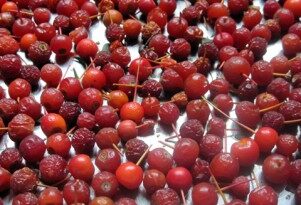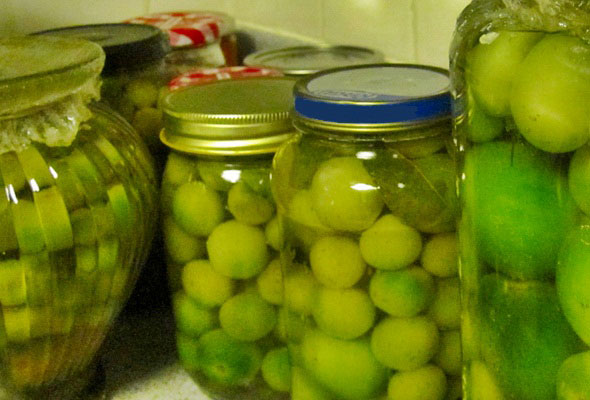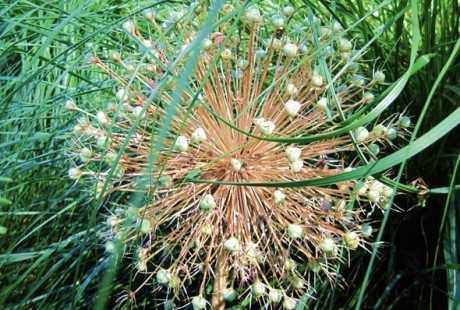about perennial gardens
Growing a perennial garden places one in the weird circumstance of having to work around the clock without actually planting anything. In a perennial garden, everything revolves around maintenance.
Here are a few challenges.
The perennial flower bed can’t be tilled, because most of its residents do not like their roots disturbed, so the soil tends to get very hard and the water runs off it, instead of going to the roots. The hard soil creates favorable conditions for perennial weeds, whose roots also benefit from not being disturbed. A good layering of mulch helps with both of these problems to some degree.
Perennials bloom in flushes, there are very few of them that produce flowers through the entire growing season, and all those spent blooms need to be pruned and dead headed regularly, to keep the garden healthy and pretty. Also, some perennials die down to the ground after bloom, leaving large bare spots in the flower bed that can’t be planted over.
A perennial flower bed will never look neat and tidy, like annual plantings do. Perennials weave and mingle, shift, topple over, and develop beyond their charted growth range. This is part of their charm and should not be perceived as a defect, but don’t expect them to behave.
Perennial plants settle all their territorial claims among themselves, the gardener’s efforts to help them along are usually fruitless. The wise person lets them duke it out until they find a stable configuration, and then works with, and not against it.
Most plants like to bloom in April, May and June. Come July the garden starts to pace itself and by the end of August you are left with hostas and stonecrops, together with a lot of tired, not very attractive foliage.
That said, how wonderful is it to look out into the dormant garden in the middle of winter and know that everything is already there, right under the surface, ready to come out as soon as the weather turns, with vigor and abundance.




 Previous Post
Previous Post Next Post
Next Post




